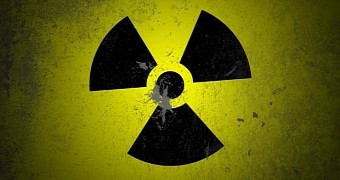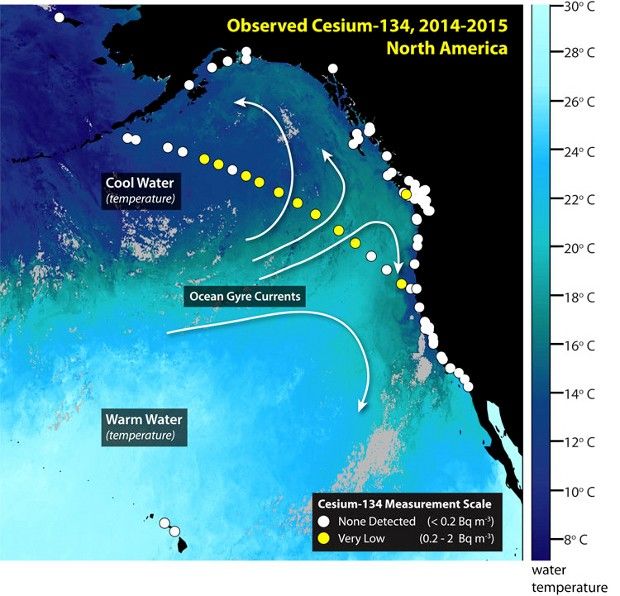It was on March 11 that the Fukushima nuclear plant in Japan suffered a meltdown, after having been hit by a major earthquake and a subsequent tsunami.
Earlier this week, researchers with the Woods Hole Oceanographic Institution announced the discovery of trace amounts of radioactive chemicals along the North American coast.
Based on their chemical profile, scientists believe that these radioactive chemicals were released into the environment during the March 2011 Fukushima disaster.
The compounds, identified as the radioactive isotopes cesium-134 and cesium-137, were detected in samples collected on February 19, 2015, from the waters off Vancouver Island.
Interestingly, the researchers behind this investigation say that these samples are the first evidence of Fukushima radiation along the North American coast.
The good news is that, by the looks of it, the concentrations of cesium-134 and cesium-137 in the waters close to North America's shoreline are small enough that we don't have anything to worry about.
Thus, the cesium-134 and cesium-137 concentrations sit at 1.4 Becquerels per cubic meter of water and 5.8 Becquerels per cubic meter of water, respectively.
“Radioactivity can be dangerous, and we should be carefully monitoring the oceans after what is certainly the largest accidental release of radioactive contaminants to the oceans in history.”
“However, the levels we detected in Ucluelet are extremely low,” explains Ken Buesseler, a marine chemist at the Woods Hole Oceanographic Institution.

 14 DAY TRIAL //
14 DAY TRIAL // 

